Early Signs of Diabetes You Shouldn’t Ignore
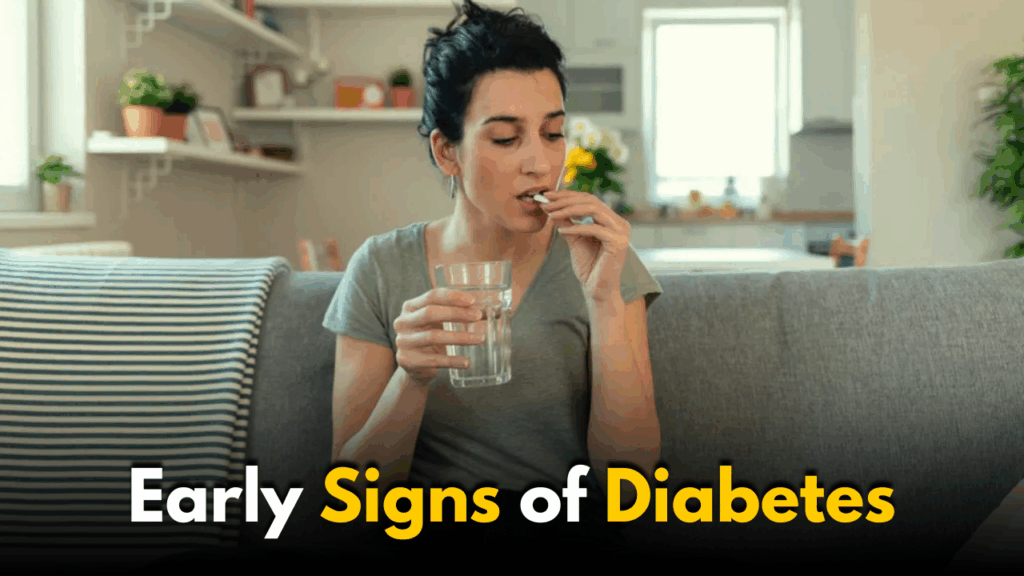
Early Signs of Diabetes You Shouldn’t Ignore
Diabetes is a serious condition that occurs when the body cannot regulate blood sugar (glucose) effectively. Over time, high blood sugar levels can cause damage to blood vessels, nerves, and organs, leading to complications like nerve damage, vision loss, and heart disease. The good news is that early diagnosis and early intervention can help prevent many of these complications. Recognizing the early warning signs of diabetes is crucial in managing the condition before it progresses.
In this article, we will discuss the early symptoms of diabetes, including both Type 1 and Type 2 diabetes, and provide strategies for lowering blood sugar and preventing the condition from worsening.
The Early Warning Signs of Diabetes You Shouldn’t Ignore
Diabetes can develop gradually, with Type 2 diabetes sometimes showing no symptoms for years. However, there are several warning signs that you should never ignore. Let’s explore the top 10 early symptoms of diabetes that you should be aware of:
1. Frequent Urination (Polyuria)
One of the most common symptoms of diabetes is the frequent urge to urinate, especially at night. High blood sugar levels cause the kidneys to work harder to filter and absorb excess glucose, leading to more frequent urination.
- Why it happens: Excess glucose in the blood leads to increased urine production as the body tries to eliminate the sugar.
- What to watch for: Frequent urination that disrupts your sleep.
2. Excessive Thirst (Polydipsia)
If you’re feeling constantly thirsty, it could be a sign of diabetes. This is known as polydipsia.
- Why it happens: Frequent urination leads to fluid loss, which triggers intense thirst.
- What to watch for: Feeling like you can never get enough water or constantly drinking.
3. Unexplained Weight Loss
Unexplained weight loss, especially if you have a normal or increased appetite, is a common symptom of Type 1 diabetes, and it can also occur in early-stage Type 2 diabetes.
- Why it happens: When the body doesn’t have enough insulin to absorb glucose, it starts breaking down fat and muscle for energy, resulting in weight loss.
- What to watch for: Losing weight without trying, even when eating regularly.
4. Extreme Fatigue
Feeling tired all the time, even after resting, can be a symptom of diabetes. This extreme fatigue often results from cells not getting enough glucose to fuel the body.
- Why it happens: Without insulin, glucose remains in the bloodstream, and cells are unable to use it for energy.
- What to watch for: Constant tiredness that doesn’t improve with sleep or rest.
5. Blurred Vision
High blood sugar levels can affect fluid levels in the eyes, leading to blurry vision.
- Why it happens: High blood glucose levels can cause the lenses of your eyes to swell, making it difficult to focus.
- What to watch for: Blurred vision that comes and goes, or difficulty seeing clearly.
6. Increased Hunger (Polyphagia)
Feeling hungry all the time, even after eating, is another sign that the body isn’t using insulin properly.
- Why it happens: Without insulin, glucose can’t enter the cells to provide energy, so the body signals hunger to try and get more fuel.
- What to watch for: Constantly feeling hungry despite eating regular meals.
7. Slow-Healing Cuts or Wounds
If you notice that cuts or wounds are taking longer than usual to heal, this could be a sign of high blood sugar.
- Why it happens: High glucose levels can damage blood vessels, reducing blood flow to the affected area and slowing down the healing process.
- What to watch for: Cuts or bruises that take longer to heal than normal.
8. Tingling or Numbness in Hands or Feet
Tingling or numbness in the hands or feet is a classic early symptom of nerve damage (diabetic neuropathy), which is often associated with uncontrolled diabetes.
- Why it happens: High blood sugar can damage the nerves, leading to a loss of sensation or tingling.
- What to watch for: Numbness, tingling, or a “pins and needles” feeling in your extremities.
9. Dark Patches of Skin (Acanthosis Nigricans)
Acanthosis nigricans is a condition where dark, velvety patches of skin develop, usually in the folds of the neck, armpits, and groin area.
- Why it happens: It’s a sign of insulin resistance, which is common in pre-diabetes and Type 2 diabetes.
- What to watch for: Darkened, thickened skin in the folds of the body.
10. Recurrent Infections
People with diabetes are more prone to infections due to high blood sugar levels, which weaken the immune system:
- Why it happens: Elevated blood sugar provides an ideal environment for bacteria and fungi to thrive, leading to infections.
- What to watch for: Frequent urinary tract infections (UTIs), gum infections, or skin infections.
Bonus: Specific Symptoms of Type 1 Diabetes
Type 1 diabetes tends to develop more suddenly than Type 2, with symptoms becoming noticeable within days or weeks. Here are some additional symptoms that are more specific to Type 1 diabetes:
- Nausea and vomiting: A sign of a possible diabetic emergency (e.g., diabetic ketoacidosis).
- Fruity-smelling breath: Caused by ketones in the breath due to the body burning fat for energy instead of glucose.
Risk of diabetic ketoacidosis (DKA): A medical emergency in which the body produces high levels of ketones due to the lack of insulin.

First Signs of Diabetes to Watch For
Early-stage diabetes, including prediabetes or early-stage Type 2 diabetes, can present with subtle symptoms that might be easy to overlook. Here are the first signs of diabetes that you should watch out for:
- Constant thirst or dry mouth: Feeling like you’re always thirsty, despite drinking enough.
- Frequent urination (especially at night): This could be an early warning sign of diabetes, especially if it’s occurring more often than usual.
- Sudden weight gain or unexplained weight loss: This could indicate a problem with insulin regulation.
- Fatigue, brain fog, or blurred vision: If you’re feeling unusually tired, have trouble concentrating, or experience changes in vision, these could be signs of high blood sugar levels.
- Dark skin patches (acanthosis nigricans): Dark, velvety patches of skin that appear in folds such as the neck or armpits.
- Increased hunger, especially after eating: Constant hunger, even after meals, can indicate insulin resistance.
If you experience any of these symptoms and have a family history of diabetes or are overweight, it’s time to take action and consult with a healthcare provider.
When to See a Doctor
If you experience two or more of the above symptoms, especially if you’re overweight, have a family history of diabetes, or are over 40, it’s essential to see your doctor for a fasting blood glucose or HbA1c test. Early diagnosis and management can help prevent serious complications.
- Early detection = easier management and fewer complications.
How to Lower Blood Sugar Quickly
If you’re already diagnosed with diabetes, you might need to lower your blood sugar quickly. Here are some methods to do so safely:
1. Go for a Walk or Light Exercise
Physical activity helps muscles use glucose without needing insulin. A 15–30 minute walk can lower blood sugar effectively.
2. Drink Plenty of Water
Water helps flush excess glucose out of the blood via urine. Staying hydrated is important for reducing sugar levels.
3. Avoid Carbs and Sugar Immediately
Stick to protein + fiber foods, such as eggs, nuts, or vegetables, to stabilize your blood sugar.
4. Manage Stress
Stress increases cortisol, a hormone that raises blood sugar. Deep breathing, meditation, or taking a short rest can help bring it down.
5. Take Insulin (If Prescribed)
For people with Type 1 or insulin-treated Type 2, always follow your doctor’s correction dose instructions. Never guess your insulin dose.

Foods That May Help Stabilize Sugar
Here are a few foods and natural remedies that may help stabilize blood sugar:
- Apple cider vinegar (1–2 tsp in water before meals)
- Cinnamon (in smoothies or sprinkled on food)
- Fenugreek seeds
- Bitter gourd (karela) juice
How to Stop the First Signs of Diabetes
Catching and responding to the first signs of diabetes, also called prediabetes or early-stage Type 2 diabetes, can prevent or delay the full onset of the condition.

Steps to Reverse or Delay Diabetes Onset:
- Change Your Diet Immediately: Eliminate refined sugars and white carbs. Add high-fiber foods like oats, chia seeds, lentils, and vegetables.
- Move Your Body Every Day: Aim for 30 minutes of walking daily. Even 10-minute post-meal walks lower blood sugar spikes.
- Control Stress: Practice breathing exercises, walk in nature, or try guided meditation.
- Lose 5–10% of Your Weight: Even small weight loss improves insulin sensitivity.
- Hydrate Well: Drink 8–10 glasses of water a day.
- Fix Your Sleep: Aim for 7–8 hours of quality sleep.
- Track Your Blood Sugar: Regular monitoring is key to early detection and control.
Summary
Recognizing the early signs of diabetes is crucial in preventing serious complications like nerve damage, heart disease, and vision loss. If you experience any of these warning symptoms, seek medical advice and undergo testing. The earlier you catch diabetes, the easier it is to manage and prevent future complications.
Written by:
Dr. Laura Chen, MD, Endocrinologist
Dr. Laura Chen is a board-certified endocrinologist with over 15 years of experience in managing diabetes. She specializes in helping patients control blood sugar levels through medical treatment, diet, and lifestyle changes.
Reviewed by:
Michael Tan, RD, Registered Dietitian
Michael Tan is a registered dietitian with over 10 years of experience working with diabetic patients. He focuses on diabetes management through nutrition, exercise, and healthy lifestyle habits.
References:
- Diabetes Daily Tips. Type 1 vs Type 2 Diabetes: What’s The Difference? https://diabetesdailytips.com/type-1-vs-type-2-diabetes-whats-the-difference/
- International Diabetes Federation. (n.d.). Diabetes & Nerve Health. https://idf.org/about-diabetes/diabetes-complications/nerve-health/
- American Diabetes Association. (n.d.). Diabetic Ketoacidosis (DKA) – Warning Signs, Causes & Prevention. https://diabetes.org/about-diabetes/complications/ketoacidosis-dka/dka-ketoacidosis-ketones
- World Health Organization. (2011). Use of glycated haemoglobin (HbA1c) in diagnosis of diabetes mellitus: Abbreviated report of a WHO consultation (WHO/NMH/CHP/CPM/11.1). Geneva: World Health Organization. https://iris.who.int/bitstream/handle/10665/70523/WHO_NMH_CHP_CPM_11.1_eng.pdf
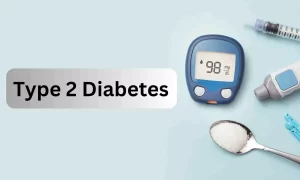

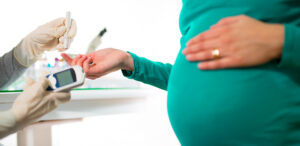
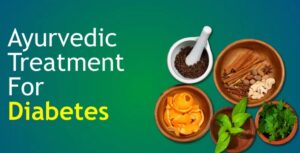



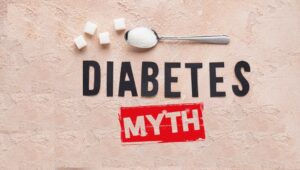
1 thought on “Early Signs of Diabetes You Shouldn’t Ignore”